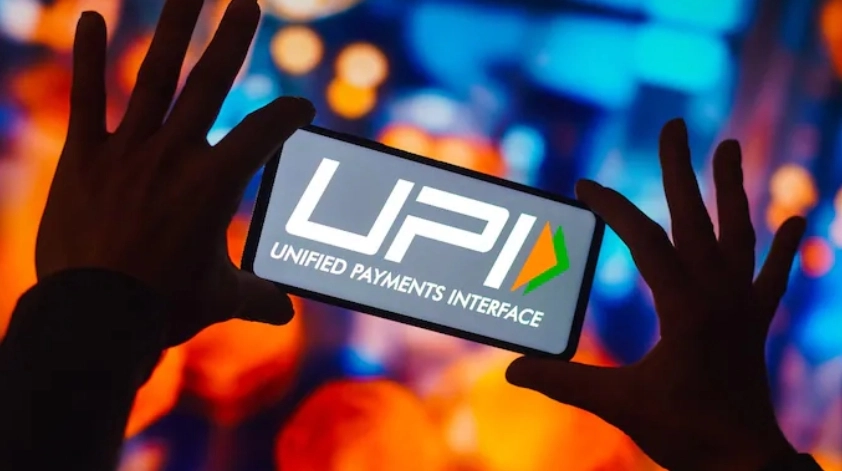
With the rise in digitalisation, UPI transactions are also increasing. In January 2025, the UPI processed 16.99 billion transactions in a month worth Rs 23.48 lakh crore, as per the National Payments Corporation of India (NPCI) data. However, this has also led to a surge in UPI-related frauds and scams.
In FY 2023-24, banking sector-related fraud cases surged by nearly 300%, reaching 36,075 cases, while fraud cases jumped by 27% Y-O-Y to 18,461 cases in the first half of FY 2024-25, reveals RBI data.
Let us look at some of the common UPI-related frauds.
Here, fraudsters send fake UPI links which look similar to the original URL of the merchant. On clicking the link, users are directed to malicious apps where auto-debit happens, thereby causing victims to lose their money.
Some fraudsters send requests urging users to send back the money which was mistakenly transferred to them. While the initial credit and messages are fake, the payment made by the victim is real.
Here, fraudsters create a duplicate sim of the victim’s mobile number. They then use this SIM card to access the victim’s UPI account and transfer the amount without the victim’s knowledge.
Fraudsters often at times impersonate banks or organisations and trick victims into revealing sensitive information like UPI accounts, OTP and PIN details.
Sometimes fraudsters trick gullible victims, impersonating bank employees or customer care representatives and convincing them to download screen-sharing apps like Any Desk. They then access the victim’s computer or mobile phone and carry out fraudulent transactions.
Below are a few tips to prevent UPI fraud.
Never share your UPI PIN with strangers or any person you don’t trust, do not click on any online link irrespective of how tempting it might seem to click, and always be cautious of dubious applications and never download apps from untrusted sources.